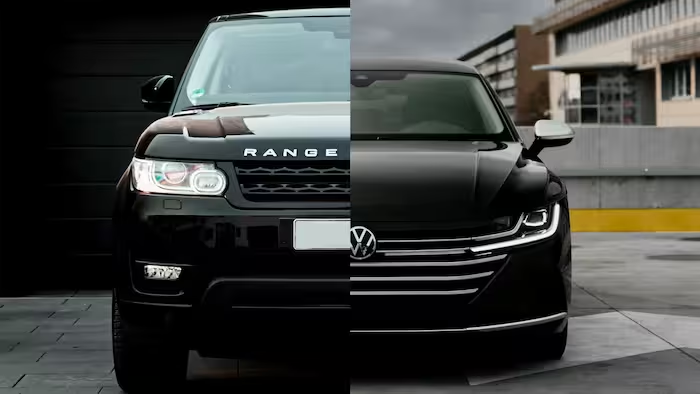
Demonizing the 91% of Americans who drive by putting them into the category of "asshole humans” is a bad and ultimately losing strategy for creating safer streets.
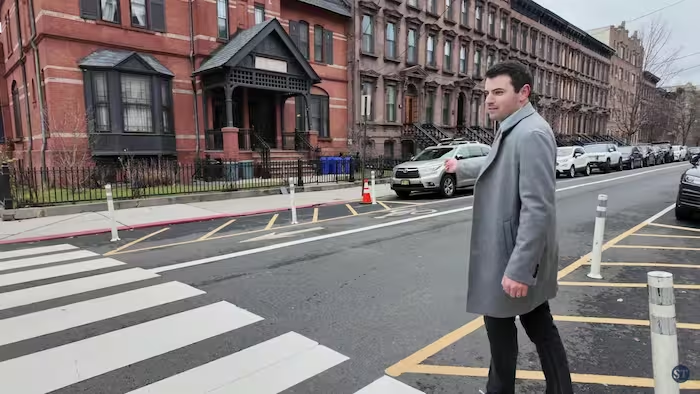
Hoboken, NJ, has gained fame online for its safe streets. But does this urbanist’s paradise live up to the hype, in person? We sent Strong Towns Staff Writer Asia Mieleszko to do some on-the-ground investigating to find out.
This Netflix documentary about regions of the world with higher-than-average life expectancies holds some key insights for anyone who wants to see North American cities become thriving, healthy places for people.
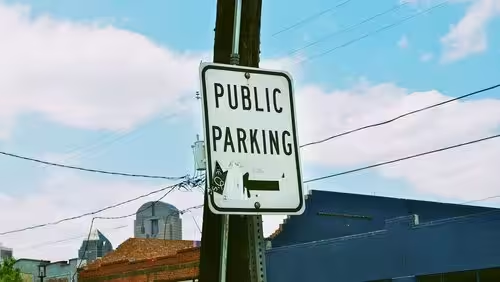
Dallas wasn't built for the car: it was paved over for it. This new bill can help it rebuild.

When Mike McGinn didn’t see any other mayoral candidates challenging a proposed highway expansion project in Seattle, he stepped up to the plate and won the election. This is the story of his ensuing fight to stop his city from making a costly mistake.

When it comes to the housing crisis, the simple villain narrative is appealing, but will it help us actually see a way out?

If you’re in the business of trying to change the world around you, sooner or later you’ll need to be a persuasive communicator—but being persuasive isn’t just about getting your facts right.
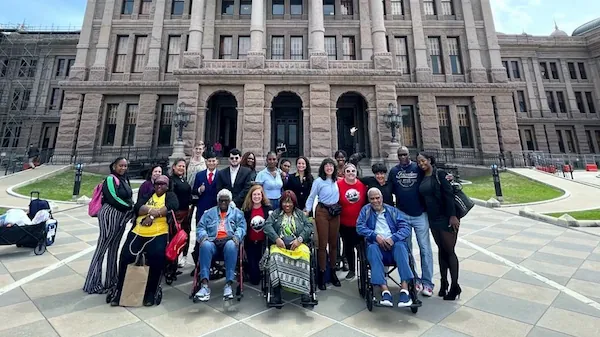
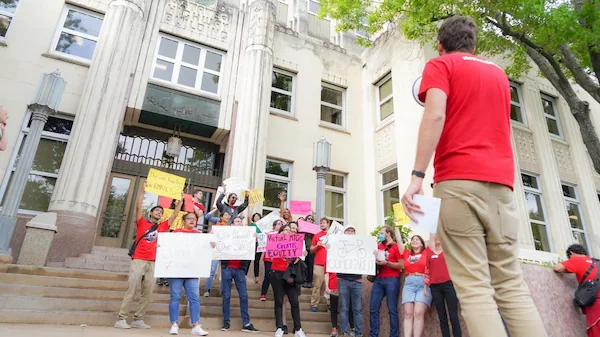
“At the end of the day, there’s no formal process for integrating our feedback... So it’s a bit of a dog-and-pony show."

Three lives lost leaving a Massachusetts library; each one preventable, each one a reflection of systemic neglect.

"I have long believed that Americans are being gaslit when it comes to inflation, that official statistics understate the inflation we all experience."
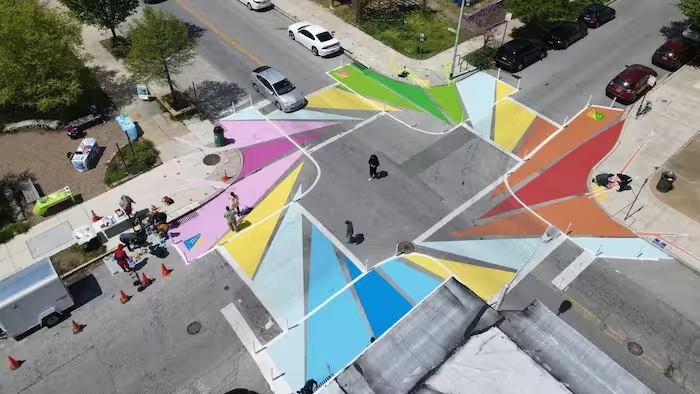
Daylighting means removing visual obstructions in approaching intersections, so that users can better see and more safely cross each other’s paths. Here are 5 ways to do it cheaply and creatively in your city or town.
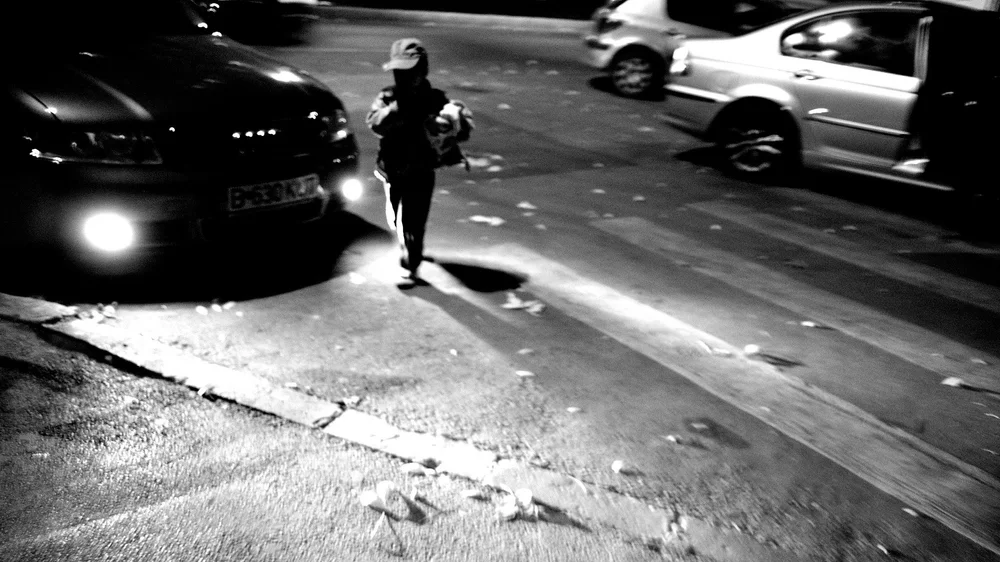
In the event of a crash, when a person has been found jaywalking, the blame is pit on them. We don't ask why they were jaywalking. What if we did?

Free fares aren’t getting Estonians out of their cars. In fact, more of them drive today than in 2013.
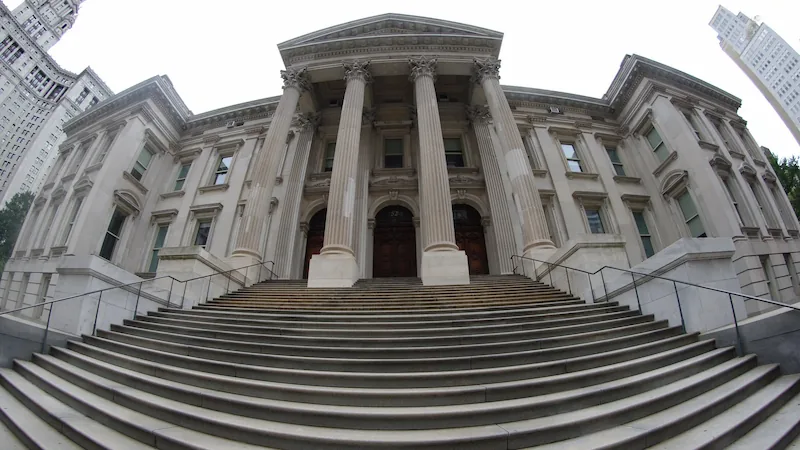
Have you ever been dismissed at city hall when bringing up a persistent issue in your community?
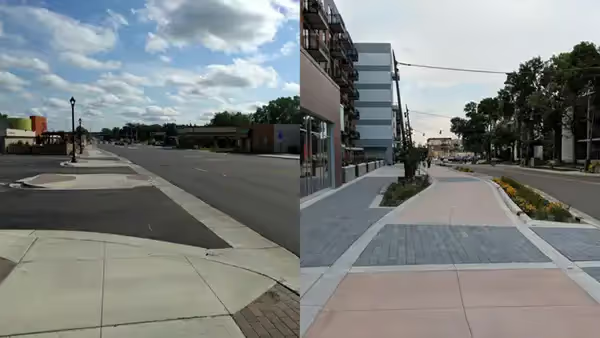
Why does walking feel so intuitive when we’re in a city built before cars, yet as soon as we return home, walking feels like an unpleasant chore that immediately drives us into a car?
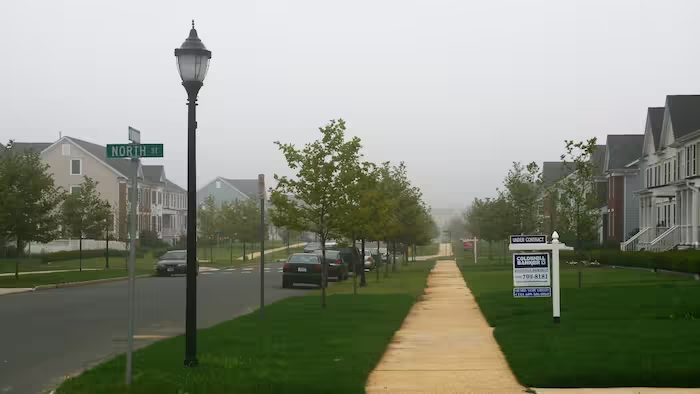
I was asked how much the typical suburban development is costing this Tennessee city. Here’s what I found.
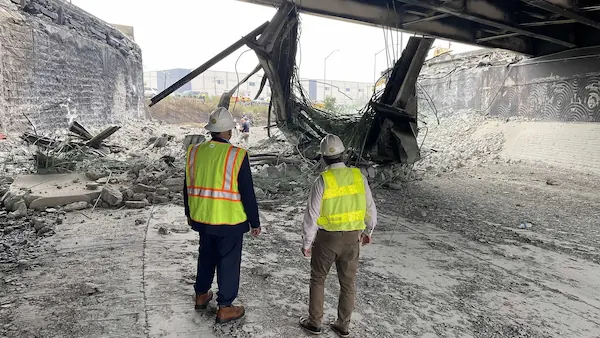
A tanker truck caught fire, killing its driver and devastating over 100 feet of Interstate 95 above it. With the highway decommissioned, how did people get around?
.webp)
When the status quo is producing traffic fatality after traffic fatality, it's time to experiment.

Wisconsin offered a $3 billion dollar subsidy to Foxconn and were promised a $10 billion factory and 13,000 jobs in exchange. Instead, the locals got three empty buildings, a few hundred jobs, and a mountain of debt. Sorry, Wisconsin. As Ronny Chieng from the Daily Show put it, “You got catfished.”
.webp)
This Maryland makeover is a cautionary tale of where “Complete Streets” fall short.
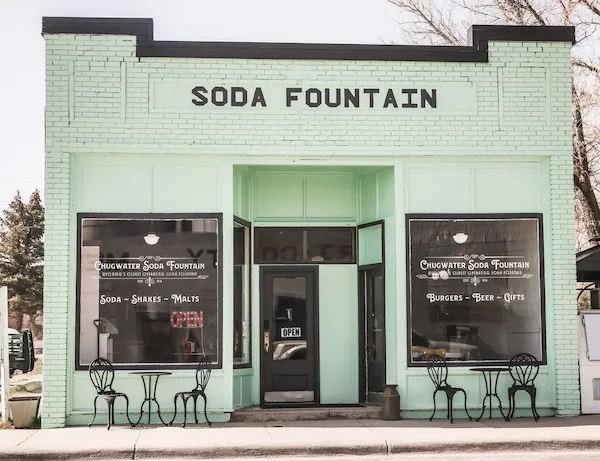
The story of a soda fountain in Chugwater, Wyoming.
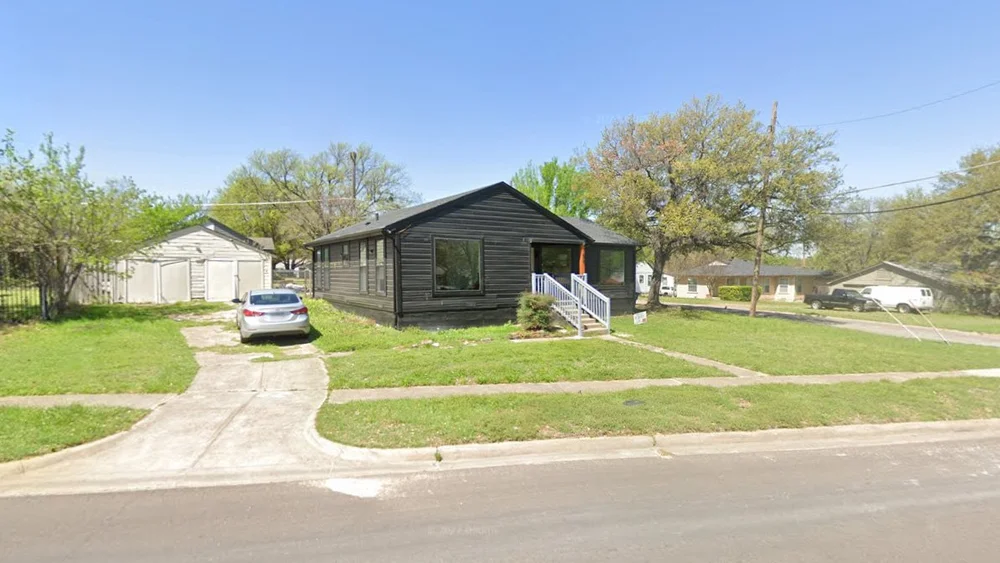
This is what happens when a city cares more about decades-old requirements than the small businesses trying to bring life to a neighborhood.